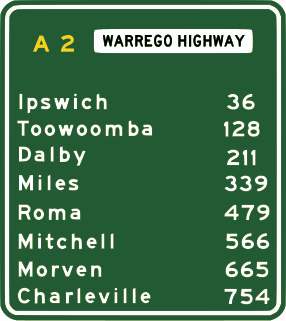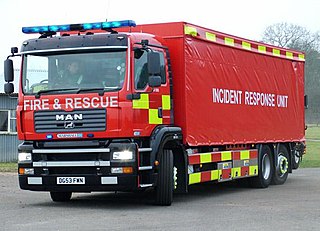This page is based on this
Wikipedia article Text is available under the
CC BY-SA 4.0 license; additional terms may apply.
Images, videos and audio are available under their respective licenses.

Country codes are short alphabetic or numeric geographical codes (geocodes) developed to represent countries and dependent areas, for use in data processing and communications. Several different systems have been developed to do this. The term country code frequently refers to international dialing codes, the E.164 country calling codes.

ISO 3166-1 alpha-2 codes are two-letter country codes defined in ISO 3166-1, part of the ISO 3166 standard published by the International Organization for Standardization (ISO), to represent countries, dependent territories, and special areas of geographical interest. They are the most widely used of the country codes published by ISO, and are used most prominently for the Internet's country code top-level domains. They are also used as country identifiers extending the postal code when appropriate within the international postal system for paper mail, and has replaced the previous one consisting one-letter codes. They were first included as part of the ISO 3166 standard in its first edition in 1974.

Traffic signs or road signs are signs erected at the side of or above roads to give instructions or provide information to road users. The earliest signs were simple wooden or stone milestones. Later, signs with directional arms were introduced, for example, the fingerposts in the United Kingdom and their wooden counterparts in Saxony.

The Highway Code is a set of information, advice, guides and mandatory rules for all road users in the United Kingdom. Its objective is to promote road safety. The Highway Code applies to drivers of animals, pedestrians, cyclists, motorcyclists and drivers. The 2004 version, for example, contained 307 numbered rules and 9 annexes. The Highway Code gives information on road signs, road markings, vehicle markings, and road safety. The annexes include information on vehicle maintenance, licence requirements, documentation, penalties, and vehicle security.

The country in which a motor vehicle's vehicle registration plate was issued may be indicated by an international licence plate country code, formerly known as an International Registration Letter or International Circulation Mark. The sign must be displayed on the rear of the vehicle. The sign may either be placed separately from the registration plate, or be incorporated into the vehicle registration plate.
Hand signals are given by cyclists and some motorists to indicate their intentions to other traffic. Under the terms of the Vienna Convention on Traffic, bicycles are considered to be vehicles and cyclists are considered to be drivers. The traffic codes of most countries reflect this.

Code enforcement, sometimes encompassing law enforcement, is the act of enforcing a set of rules, principles, or laws and ensuring observance of a system of norms or customs. An authority usually enforces a civil code, a set of rules, or a body of laws and compel those subject to their authority to behave in a certain way.

An international driving permit (IDP), often (incorrectly) referred to as an international driving licence (IDL), is any valid, legal identity document that allows the holder to drive a private motor vehicle in any country or jurisdiction which recognises the document. To be valid, the IDP must be accompanied by a valid driving licence issued in the applicant's country of residence.

Emergency vehicle equipment is used in the United Kingdom to indicate urgent journeys by an emergency service. This usage is colloquially known as Blues and twos which refers to the blue lights and the two-tone siren once commonplace. A call-out requiring the use of lights and sirens is often colloquially known as a blue light run.

Road traffic control involves directing vehicular and pedestrian traffic around a construction zone, accident or other road disruption, thus ensuring the safety of emergency response teams, construction workers and the general public.
The Road Traffic Act 1930 was an Act of the Parliament of the United Kingdom introduced by the Minister of Transport Herbert Morrison.
The Code Européen des Voies de la Navigation Intérieure is the European code for rivers, canals and lakes in most of Europe.
The Traffic Signs Regulations and General Directions is the law that sets out the design and conditions of use of official traffic signs that can be lawfully placed on or near roads in Great Britain and the Isle of Man. The regulations were the result of the review of British road signage carried out by the Worboys Committee.
SignPlot is a software application for the design of UK traffic signs and their supports and foundations, developed and sold by Buchanan Computing.









